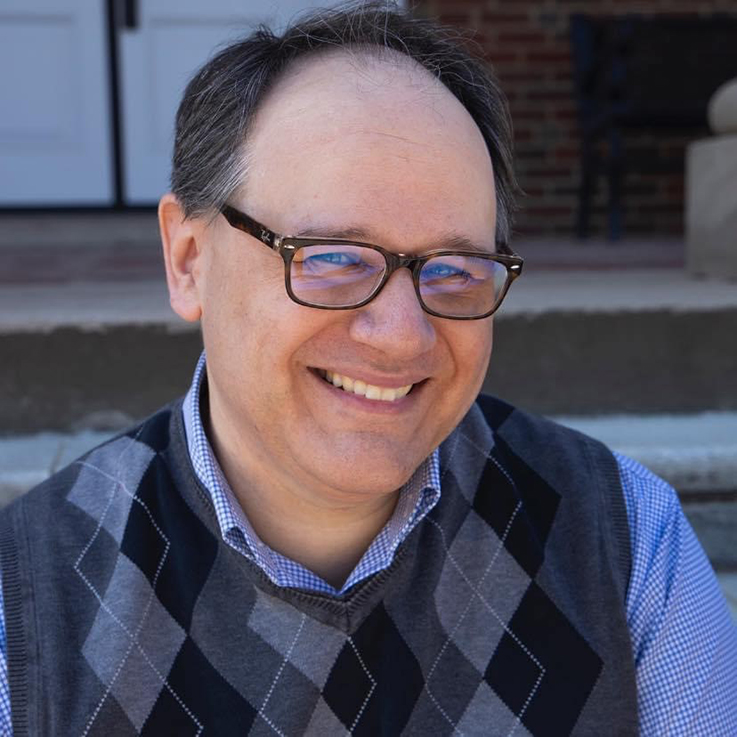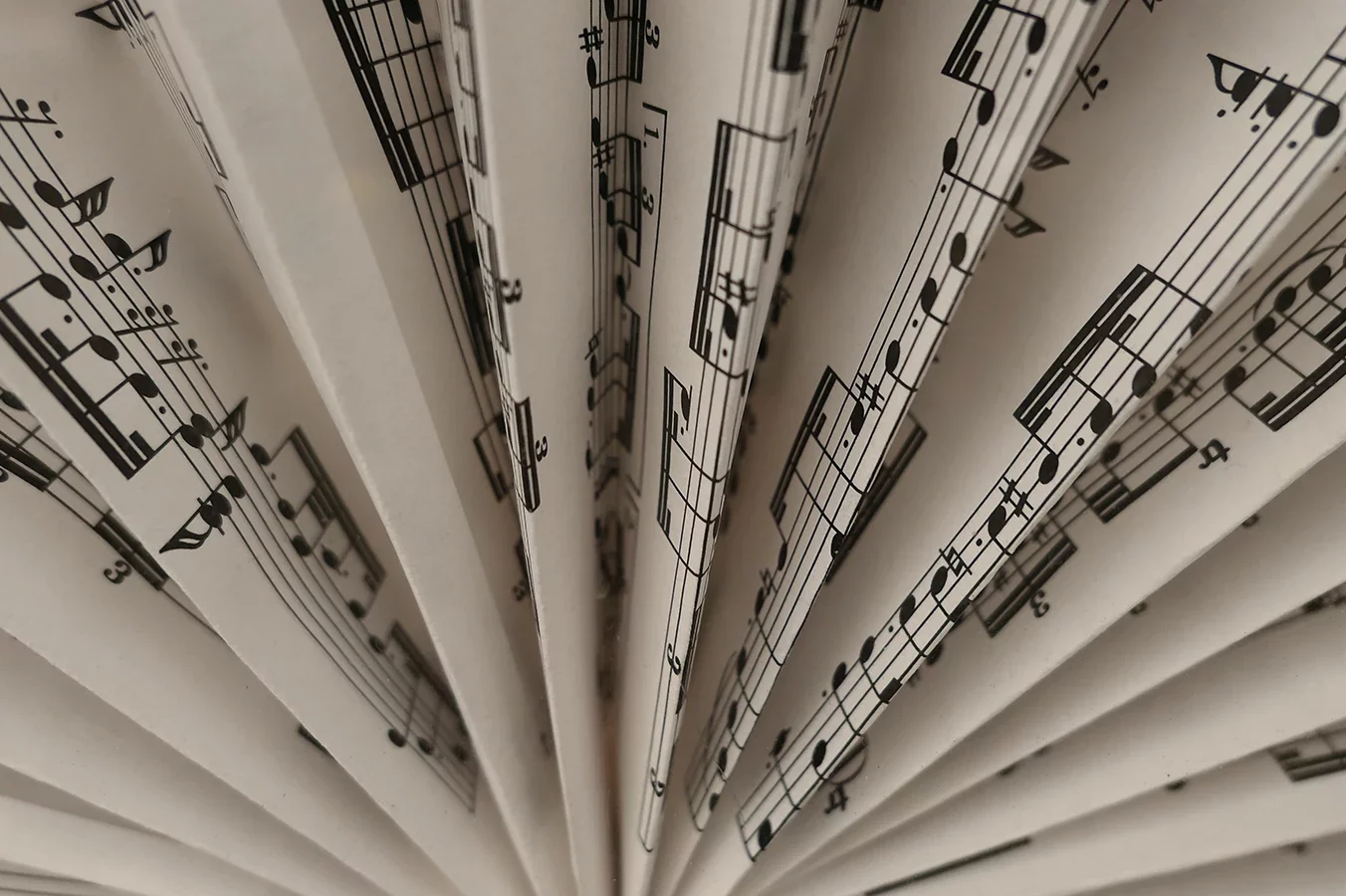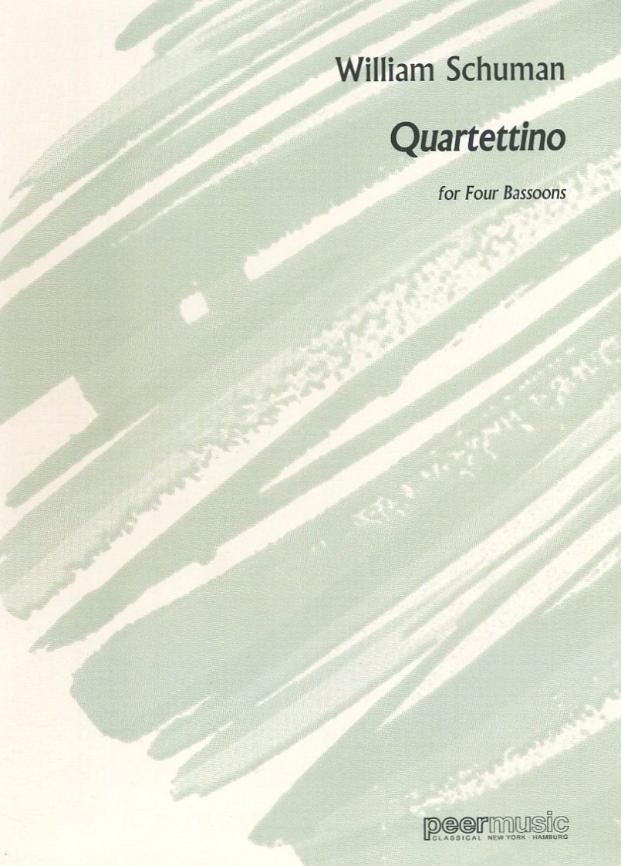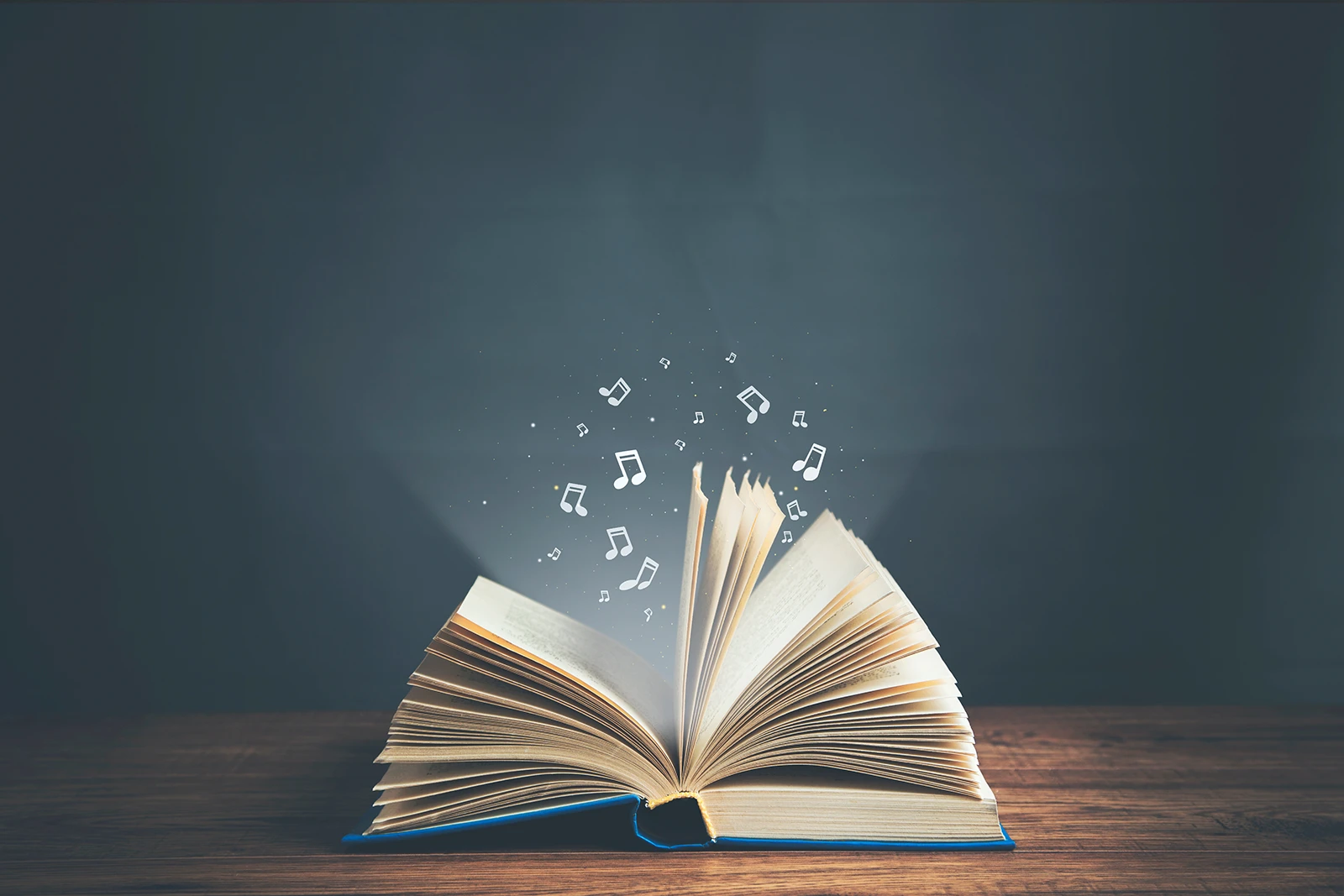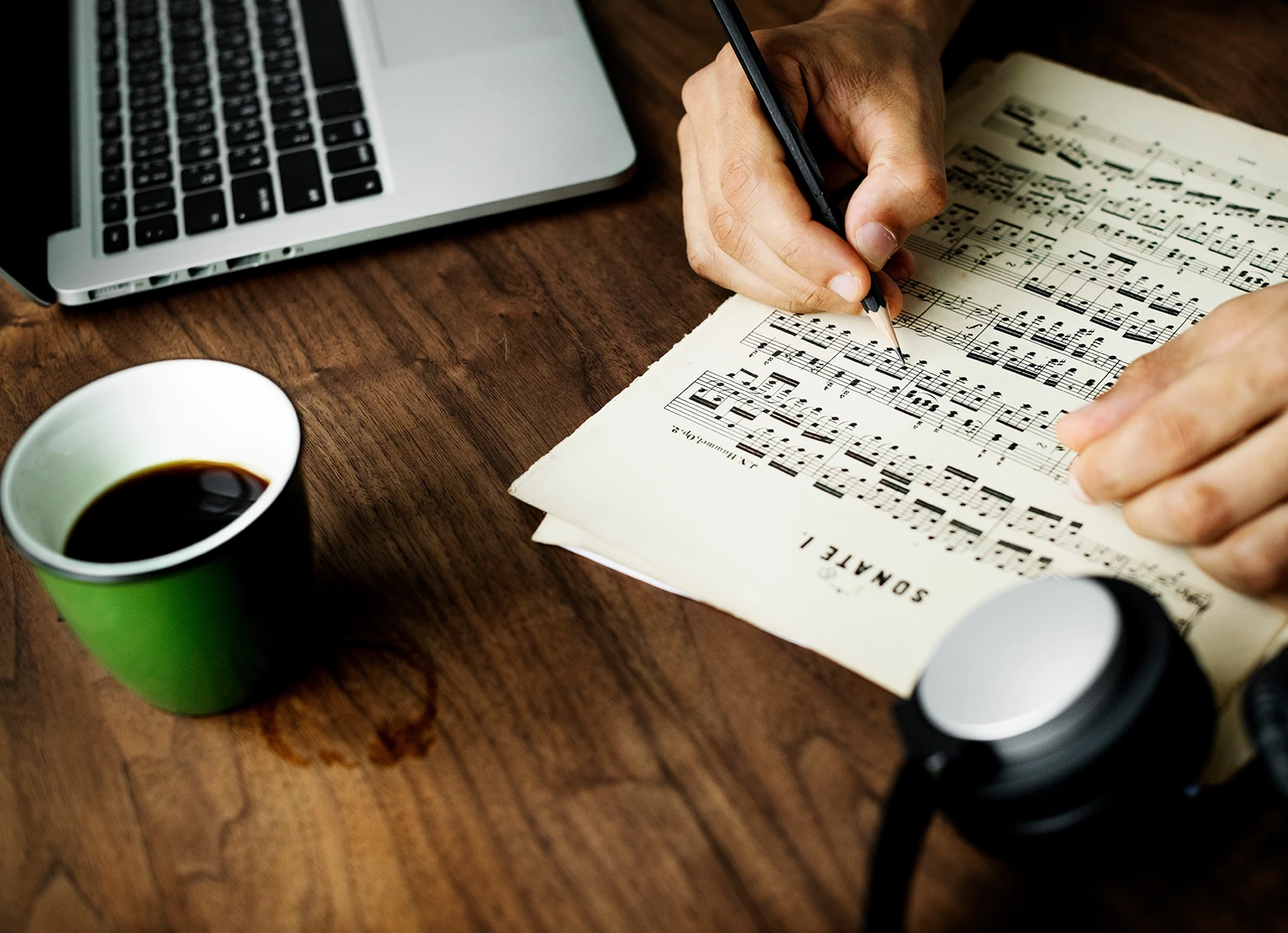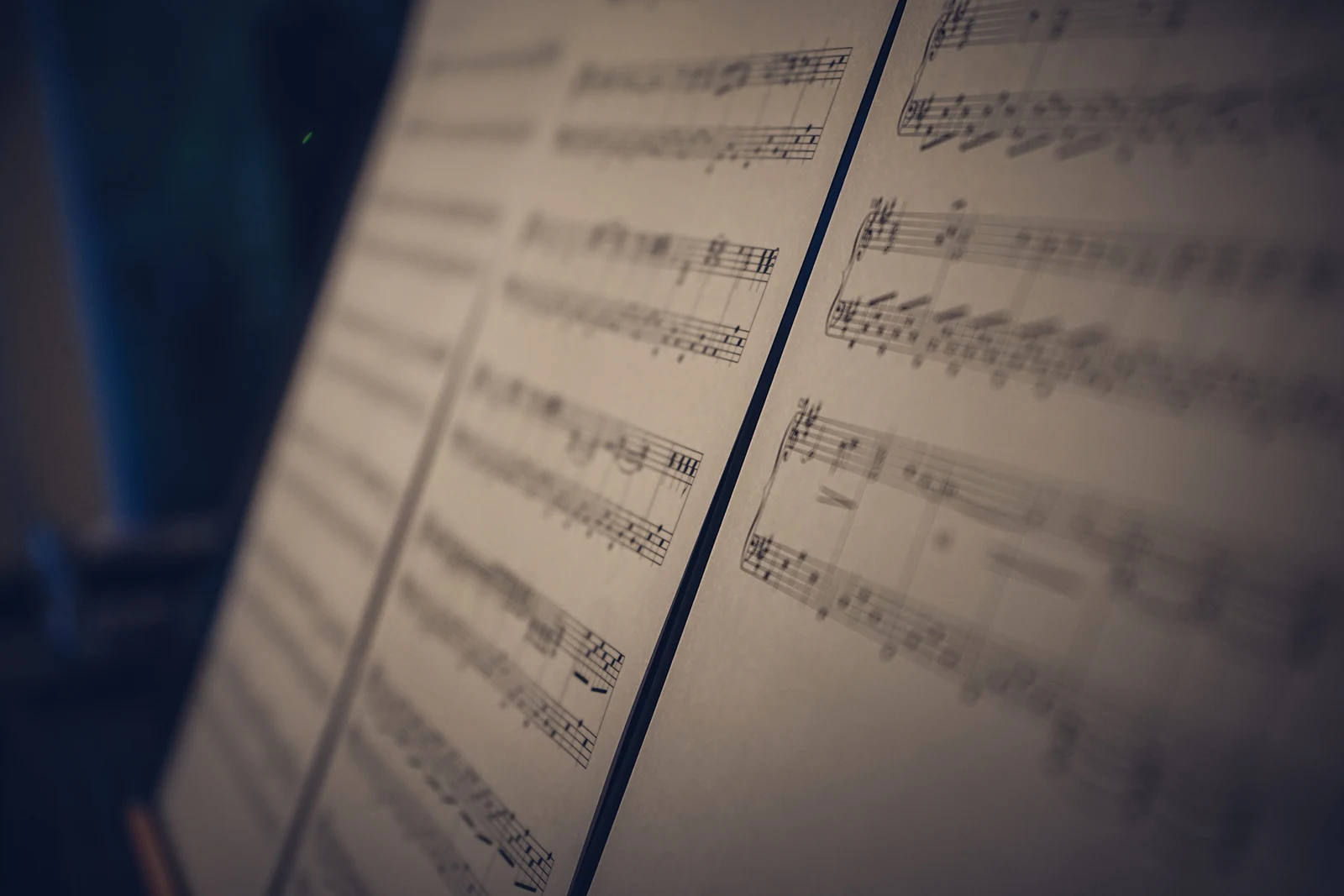“Life handed him a lemon,
As Life sometimes will do.
His friends looked on in pity,
Assuming he was through.
They came upon him later,
Reclining in the shade
In calm contentment, drinking
A glass of lemonade.”
“The Optimist” – 1940
I’ll be honest, trying to begin this article was a difficult task. We are living in truly unprecedented times, and I’m not sure anything that I could say could possibly address the gravity of the economic, public health, and political strife that is currently consuming our nation. As many of us do, when confronted with stressful situations that can consume us, I sought out what was comforting, familiar, and always dependable – the power of music to help me process and make sense of what is going on around us. The most challenging times in our world’s history have produced some of the most foundational musical compositions – the Symphony No. 7 of Dmitri Shostakovich and Quartet for the End of Time by Olivier Messiaen are prime examples of this.
I know I’m “preaching to the choir” here, but I fundamentally believe that if you have a problem you cannot solve – give it to a musician and they can solve it! When the dangers of aerosol transmission of the virus associated with wind instruments was made public, the music community immediately began brainstorming ideas to cope with this challenge. From this crucible, the Creative Repertoire Initiative was born, inspiring composers to create new works called Flex Band works to address this unique need.
Sometimes, we often forget that some of the great composers we revere did this frequently in the times they lived in. J.S.Bach often used his music in multiple settings, and Percy Grainger’s “flexible scoring” are but a few examples of how these artists made their music available to a wider audience of performers and listeners. At the risk of turning this into music history paper, Renaissance composers would frequently write music in a series of books with the intention that they would be played with a consort of instruments, or a mixed consort of winds and strings. This spirit of innovation has existed for hundreds of years in our repertoire, so I guess it is not a surprise that the most creative minds we have in the profession are creating a pathway for music education to survive, and I would argue, thrive, in this challenging environment.
As a conductor who is currently using a large number of these works myself, I truly believe that this initiative is going to have a tremendous and lasting positive impact on our repertoire and how we make music – truly making lemonade from lemons. Why do I say this? I’m happy you asked…….
Removing the Obstacles of Instrumentation
I would guess that if you talked to any band director in a “typical” school year, one of the big challenges that all bands face is having ideal instrumentation to play many of the works in our repertoire. As the conductor of a small community band in a rural area, I run into this challenge all of the time, and I am sure my colleagues in many parts of Pennsylvania deal with this issue as well. These flex pieces provide quality repertoire for just about any combination of instruments that you can think of. Many of these works provide optional string parts, which can provide performance opportunities for string players in a school district that might not have an orchestra to play in.
Creation of Original Works and Rescoring of Existing Repertoire
One of the main factors that ignited the Creative Repertoire Initiative is that composers such as John Mackey, Brian Balmages, Frank Ticheli, Alex Shapiro, Randall Standridge, and countless others began creating original compositions for this medium, or, rescored earlier works of theirs that could be played by fewer musicians. This spark of creativity to meet a dire need has been nothing short of remarkable to watch! Composers such as David Gillingham, Jack Stamp, Robert Traugh, and many, many, others have created new and exciting repertoire that could very well become new staples in the repertoire.
Innovation That Will Live Beyond the Current Crisis
In addition to creating a repertoire that successfully serves our curricular needs and the needs of our students during this crisis, I foresee that this repertoire could be successfully used as chamber music at the end of this pandemic. The possibilities are almost endless! Brass quintets, woodwind quintets, brass ensembles, woodwind ensembles, mixed ensembles, reed quintets, etc. could easily be formed with these works, providing quality chamber music experiences for our students.
Increased Opportunities for Teaching and Learning
Due to the nature of these works, it can create unique and plentiful opportunities to teach about balance, timbre, scoring, harmony, melody, etc. It also stretches our aural skills as conductors to hear unique combinations of instruments that are not commonly found in our repertoire. Just the other day, I was rehearsing 10 members of the IUP Symphony Band, and we were working on balancing a tenor sax, bassoon, and a euphonium. Just the intellectual exercise of trying to hear that perfect combination of sounds alone in my office is a challenge! Depending on your particular situation, you and your students will be exposed to many unique instrumental combinations that can expand your creativity and curiosity despite the current health crisis.
In closing, I’d like to share one more quote with you. One of my favorite movies is “The Lorax”, inspired by the book of the same name by Dr. Seuss. In this book, the main character says:
“Unless someone like you care a whole awful lot, nothing is going to get better. It’s not.”
I have this quote posted on my office wall, and it reminds me of the tremendous, herculean, and unprecedented work that you are doing for your students and the communities that you serve. Make no mistake, all of you have been asked to create a safe and nurturing learning environment where Maslow’s hierarchy of needs has been effectively crumpled up and set on fire. All of that being said, I continue to be inspired by what I see from all educators during this pandemic. If there was ever any doubt why teachers do what they do, those questions are now answered. You do it because you love kids, you love teaching, you love learning, and you love serving a mission greater than yourself – the education of our children. Some of the best parenting advice I ever received was that we are not raising children – we are raising adults. The contributions you make to the nation’s children could not come at a more critical time, and I believe that when we look back at this time in our nation’s history, we will realize that teachers enabled our youth and our fellow citizens to rise out of these challenging times. I wish all of you the very best as you serve one of the most pressing needs of our society – the education of our children.

